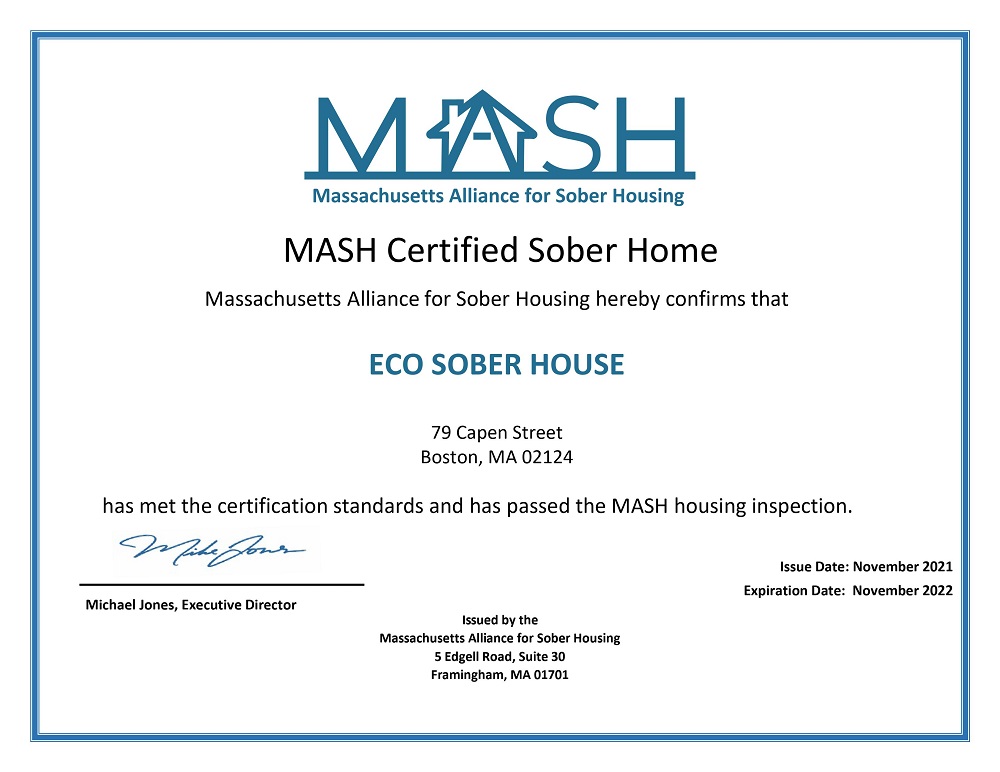Hyperactive Dopamine Response Linked to Alcoholism
Decreased binding of Cbp and lysine demethylase Kdm6b was also shown at specific target genes upon adolescent intermittent alcohol exposure, resulting in anxiety-like behaviors in adult rats [22]. Alcohol-induced changes in brain functions can lead to disordered cognitive functioning, disrupted emotions and behavioral changes. Moreover, these brain changes are important contributing factors to the development of alcohol use disorders, including acute intoxication, long-term misuse and dependence. Your brain adapts to the sudden increase in the neurotransmitter by producing less dopamine, but because of the link to pleasure, it doesn’t want you to stop after a few drinks — even when your dopamine levels start to deplete.

The accumulation of acetaldehyde is known to cause unpleasant side effects such as vomiting, headaches, and anxiety after the consumption of alcohol. We used a double-blinded, within-subjects, counter-balanced design consisting alcohol and dopamine of two laboratory visits of ~8 h each; visits were separated by ≥72 h. Following screening, participants were given up to 30 min to consume the amino acid-containing beverage (see “Dopamine Depletion Procedure”).
The dopamine system and brain reward circuitry
A broad consensus does exist as to the involvement of various neurotransmitter pathways, but defining the precise causative alleles or groups of alleles in the genes of the particular neurotransmitter pathways involved in alcoholism is a challenge to be overcome in the coming years. This polymorphism has therefore appropriately been named as serotonin intron 2 (STin2). These alleles are of 9 base pair repeats, 10 base pair repeats as well as 12 base pair repeats. The 9 base pair repeat is extremely rare and in statistical studies, often clubbed with the 10 base pair repeat. Slowly over a period of time, the person craves more of the drug, to achieve the same kind of high as earlier.
“It’s really an ingenious method to make sure that no matter what we do, that’s pleasurable. It doesn’t last very long and it’s followed by pain so that immediately we’re searching again,” she explains. When we’re repeatedly exposed to pleasure-producing stimuli — social media, sugar, alcohol or any number of readily-available substances — our bodies adjust. Then we need more on repeated use, just to feel a the marginal pleasure boost – and, eventually, just to feel “normal.” In the process of undergoing these therapies, you find ways of disarming use triggers and stressors.
Dopamine
Dopamine that has been released from a nerve terminal into the synaptic cleft can travel out of the synapse into the fluid surrounding the neurons and activate these extrasynaptic receptors. Through this mechanism, dopamine modulates the neurotransmitter release that is induced by cellular excitation (i.e., neurotransmitter secretion). For example, activation of some extrasynaptic D2-family receptors can inhibit the release of dopamine itself, thereby reducing dopaminergic signal transmission. Dopamine’s effects on neuronal function depend on the specific dopamine-receptor subtype that is activated on the postsynaptic cell. For example, different subpopulations of neurons in the striatum carry different dopamine receptors on their surfaces (Le Moine et al. 1990, 1991; Gerfen 1992). Dopamine binding to D1 receptors enhances the excitatory effects that result from glutamate’s interaction with a specific glutamate receptor subtype (i.e., the NMDA receptor4).
